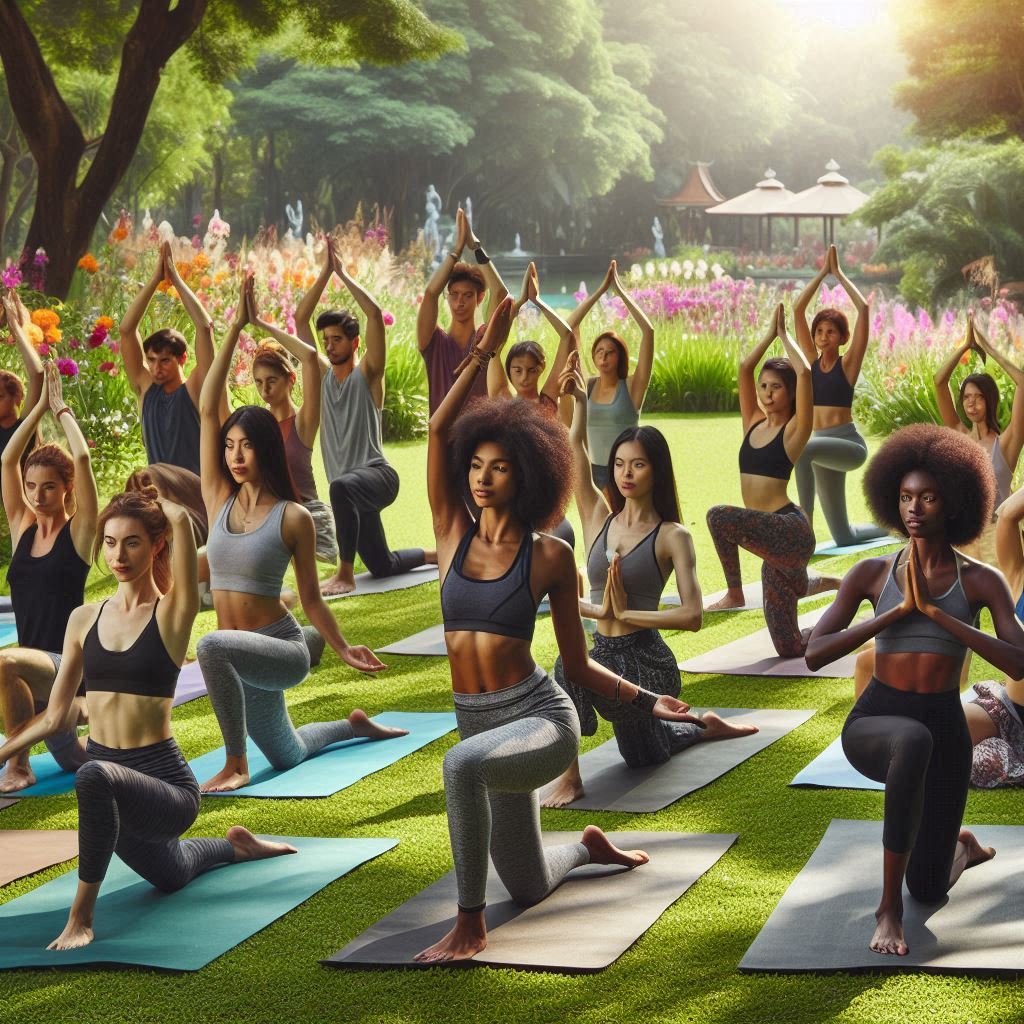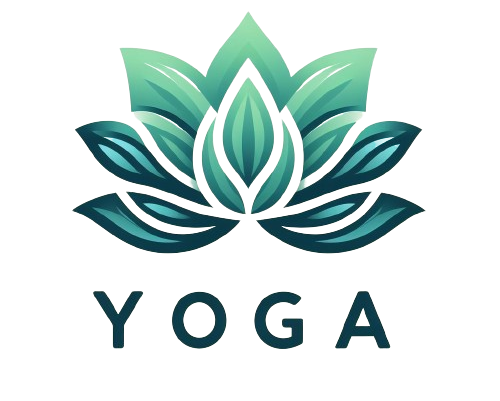
AcroYoga
AcroYoga is an exhilarating fusion of yoga, acrobatics, and Thai massage. Designed to be practiced with a partner, this style emphasizes balance, trust, and communication.
AcroYoga offers a unique and fulfilling experience that sets it apart from many other physical activities. One of the principal benefits of practicing AcroYoga is the profound sense of connection it fosters. Whether you choose to practice with a close friend, a partner, or even someone you just met, the mutually dependent nature of AcroYoga creates and strengthens bonds. The necessity to trust one another implicitly builds a foundation of communication and reliability, enriching both the practice and the personal relationship.
Another compelling reason to try AcroYoga is the holistic physical development it promotes. Integrating acrobatic elements with traditional yoga, the practice ensures a comprehensive workout. Participants work on their strength, developing core stability and muscle endurance as they support various poses. Simultaneously, the flexibility inherent in yoga is also cultivated, as many positions require intricate and extended ranges of motion. The dual focus on strength and flexibility makes AcroYoga a versatile and effective fitness regime.
Adding to these tangible benefits is the sheer exhilaration that comes with AcroYoga. The experience of being lifted into the air or forming complex human structures provides a feeling akin to flying, which can be incredibly thrilling. The playful nature of AcroYoga introduces a significant ‘fun factor,’ making the exercise feel less like a workout and more like an enjoyable activity. This uplifting and joyous aspect can make participants eagerly look forward to each session.
Understanding the key roles in AcroYoga is essential for a safe and effective practice. The ‘base’ refers to the individual on the ground who provides support for the ‘flyer’—the person balancing on the base’s hands or feet. The ‘flyer’ gets to experience the sensation of being elevated and balancing in various postures.
Don’t be shy about starting small. Begin with simpler poses like “Bird” or “Throne” before moving on to advanced stuff. A good spotter will make your journey into this aerial adventure safe and enjoyable.
SUP Yoga
SUP Yoga (Stand-Up Paddleboard Yoga) combines traditional yoga asanas with stand-up paddleboarding.
Stand-Up Paddleboard (SUP) Yoga merges the tranquil experience of practicing yoga with the serene environment of open water, creating a unique blend of physical and mental benefits. One of the primary advantages of SUP Yoga is the significant improvement in core strength. Balancing on a paddleboard requires constant engagement of the core muscles, working them in ways you may not typically encounter in a standard yoga class. The instability of the board demands that even the small, often-overlooked stabilizing muscles are activated, offering a comprehensive core workout that enhances overall core stability and strength.
Another notable benefit of SUP Yoga is the enhancement of mental focus. The necessity to maintain balance on an unstable surface compels practitioners to concentrate deeply on each movement and breath. This heightened focus translates into improved mental clarity and concentration of the board. The mindfulness required to stay balanced can help sharpen cognitive functions and promote mental discipline.
SUP Yoga also offers an enriching connection with nature. Practicing yoga outdoors on calm waters allows individuals to immerse themselves in the natural world, fostering a sense of peace and tranquility. The rhythmic sounds of the water, the gentle rocking of the board, and the expansive sky contribute to a meditative environment that enhances relaxation and mental rejuvenation. This connection with nature can be profoundly grounding and can refresh one’s perspective on life and the environment.
To fully enjoy the benefits of SUP Yoga, having the right equipment is crucial. A paddleboard specifically designed for yoga is essential, as it is typically wider and more stable than a standard board. This added stability provides a solid foundation for practicing various poses, making the experience more enjoyable and accessible. Additionally, wearing a leash is important as it keeps you attached to your board, ensuring you stay close even if you lose your balance. Another important piece of equipment is an anchor, which helps to keep your board in place while you practice. This allows you to focus on your poses without the distraction of drifting away.
Goat Yoga
This quirky style involves performing yoga surrounded by playful goats. Yes, you read that right. Originating from a farm in Oregon, Goat Yoga blends traditional yoga poses with the added charm of baby goats roaming around and even jumping on you.
Goat Yoga offers a delightful twist to traditional yoga practices, bringing about an array of benefits for the mind and body. One the most compelling reasons to try Goat Yoga is its profound stress-relieving effects. Goats are known for their therapeutic qualities; their playful and gentle demeanor can significantly reduce stress levels and elevate mood. The simple act of being around these charming animals can facilitate a sense of peace and relaxation, making the practice of yoga even more beneficial.
Goat Yoga fosters a sense of community. These events are typically held on farms, offering a rustic and communal atmosphere that enhances the overall experience. Practicing yoga in such a setting encourages a sense of camaraderie among attendees. The shared enjoyment of the unique experience of practicing alongside goats creates a bonding opportunity, making the sessions feel like more than just exercise.
Goat Yoga sessions usually take place outdoors in a farm setting, providing a safe, open, and natural environment for the participants and the animals. The open-air setting further enhances the therapeutic and stress-relieving aspects of the practice by immersing participants in nature. During the sessions, goats are free to interact with participants as they please. They may jump on your back, snuggle next to you, or simply chill out nearby as you flow through various poses. These unpredictable interactions with the goats keep the sessions engaging and bring an element of spontaneity and surprise.
The involvement of goats in yoga practice also significantly enhances mindfulness. The unpredictable and spontaneous nature of these animals requires participants to stay present and fully engaged at the moment.
Wear old or inexpensive clothes. Goats are cute, but they can be a bit messy. Also, be ready to take your yoga practice less seriously and embrace the silliness.
Combining All Three
Ever wondered what it would be like to mix all these styles into a single, unforgettable weekend? Consider planning a yoga retreat that includes sessions of AcroYoga, SUP Yoga, and Goat Yoga. This diverse approach ensures you get to experience the physical challenges, mental focus, and pure enjoyment each style has to offer.
Your weekend begins on Friday evening with an ice-breaking AcroYoga session. This introductory session will include trust-building exercises, aimed at making everyone feel comfortable and forming connections with fellow participants. AcroYoga, being a practice that heavily relies on mutual support, is an excellent way to kickstart a sense of community and teamwork right from the start.
As Saturday dawns, your activities begin with a rejuvenating SUP Yoga session on calm waters. This morning practice will engage your core muscles as you work to maintain balance on the paddleboard. The serene environment of open water enhances your connection with nature and promotes a peaceful start to the day.
Saturday afternoon is kept flexible with free time, allowing you to explore the surroundings, rest, or engage in personal activities. This break offers the perfect opportunity to rejuvenate and absorb the morning’s experiences at your own pace. It also gives you the freedom to reconnect with yourself and prepare for the evening session.
In the evening, you will wind down with a relaxed Goat Yoga session. Stretching and holding yoga poses while playful goats frolic around or snuggle up next to you. The laughter and joy induced by these delightful interactions provide a perfect way to de-stress and end the day on a high note, forging happy memories.
Sunday morning presents another opportunity to engage in either SUP Yoga or AcroYoga, based on the group’s preference. This flexibility allows the group to choose an activity that aligns with their collective interest, ensuring that everyone’s desires are taken into account.
Participating in a weekend that offers a range of yoga styles—AcroYoga, SUP Yoga, and Goat Yoga—brings forth a myriad of benefits. One of the most significant is holistic development. By combining different styles, you ensure an all-rounded improvement in various aspects such as strength, flexibility, mental clarity, and social connection. Each practice targets different muscle groups and aspects of wellness, contributing to comprehensive physical and mental growth.
Variety in yoga practice also serves as a tremendous motivation. The diverse activities keep the routine fresh and exciting, reducing the likelihood of boredom. When your practice is consistently engaging, it’s easier to remain motivated and enthusiastic about participating.
The inclusion of varied yoga styles enhances the cultivation of mindfulness. SUP Yoga, AcroYoga, and Goat Yoga are all forms of attention and presence. By switching between these styles, you develop a versatile approach to mindfulness, enriching overall awareness and mental focus. This diversified practice ensures that you remain mentally agile and fully engaged, reaping the maximum benefits from your yoga
